The Elliot and Clarens Formations are inordinately rich in dinosaur fossils, preserving a variety of species from the Late Triassic to Early Jurassic Periods, around 210 to 190 million years ago, and tell the story of how ancient ecosystems evolved and how dinosaurs adapted to monumental environmental changes during the breakup of the supercontinent Gondwana. This included making a living amongst the shifting sands of an ancient desert, and the outpourings of incandescent lavas, now preserved as the high Drakensberg. Read on to find out more of how these amazing creatures survived during the end Karoo times.
Last week we had a quick look at therapsid fossils from the Karoo, most of which went extinct at the end of the Permian Period, 252 million years ago. Ninety five percent of all life on Earth died, possibly due to huge outpourings of lava in what is now Siberia. However, some life did manage to make it through that extinction event, and so I would like to continue the story of the ancient life of the Karoo.
It contains a nearly complete record of terrestrial life over that time
When you mention the word Karoo to a geologist, it conjures up an image of an immense pile of rocks – 10 km thick in fact - made up mostly of mudstone and sandstone. In that beautiful pile is a record of 120 million years of geological history. What’s more, it contains a nearly complete record of terrestrial life over that time – which is rare in the fossil world, where much of the Earth’s history is fragmented due to erosion and other geological disruptions. Because of this uninterrupted sequence, the Karoo rocks are able to tell us a huge amount on how life on Earth was impacted by major changes in climate and habitat and how terrestrial life evolved over an immense span of time.
You are driving across what once used to be an inland sea
On the other hand, the Karoo for you may mean vast landscapes, dramatic koppies, spinning windmills and whitewashed farmhouses, and of course millions of sheep, with an occasional ostrich thrown into the mix. Perhaps you think that the Karoo is a barren place that has to be rushed through to someplace else, or perhaps you know that within that deserted land are some hidden gems that deserve your attention. For whatever reason, let it be known that you are driving across what once used to be an inland sea, now filled with beautiful sediments in which the bones of your ancestors now lie buried. And the bones of dinosaurs, which by the way aren’t your ancestors.
They tell the story of how ancient ecosystems evolved
As more and more research is conducted it has become clear that the two uppermost formations of this pile of sediment, namely the Elliot and Clarens Formations, are inordinately rich in dinosaur fossils. They preserve a variety of species from the Late Triassic to Early Jurassic Periods, around 210 to 190 million years ago, and tell the story of how ancient ecosystems evolved and how dinosaurs adapted to monumental environmental changes during the breakup of the supercontinent Gondwana.
They thrived in a landscape of rivers and floodplains
The Elliot Formation, known for its reddish sandstone and mudstone layers, is split into two sections: the Lower and Upper Elliot. The Lower Elliot Formation contains older fossils, including some of the first large herbivorous dinosaurs in the area, such as Euskelosaurus. These early, long-necked dinosaurs were primarily plant-eaters that thrived in a landscape dominated by rivers and floodplains.
The Upper Elliot Formation provides a unique glimpse into this dynamic ecosystem
Climbing higher in the rock layers, which you can do on many of the mountain passes in the Karoo, you head forward in time, crossing from the Lower Elliot to the Upper Elliot Formation. Here we find an even more diverse dinosaur community including fossils of both early plant-eating and meat-eating dinosaurs, with names like Massospondylus, which was a long-necked, bipedal herbivore, and Heterodontosaurus, a smaller dinosaur with specialised teeth adapted for various diets.
These dinosaurs were well-suited to a changing climate, as they lived in a semi-arid environment with seasonal rains and shifting river channels that would occasionally dry out. The Upper Elliot Formation provides a unique glimpse into this dynamic ecosystem, where species evolved to survive in fluctuating conditions.
They are in fact fossilised sand dunes
Above the Elliot Formation lies the Clarens Formation, which represents a major shift in the environment. While the Elliot Formation's layers were formed in river floodplains, the Clarens Formation is characterised by light yellow sandstones that record a time when southern Africa was a desert. This formation was once known as the Cave Sandstone thanks to the beautiful, dramatic cliffs that form the breathtaking scenery of the Eastern Free State and the Little Berg, and perhaps best seen in the Golden Gate National Park. Thanks to continental drift Gondwana had migrated northwards and the central part of the continent had turned into a desert, and the sandstones that make up the beautiful cliffs of the Clarens Formation are in fact fossilised sand dunes.
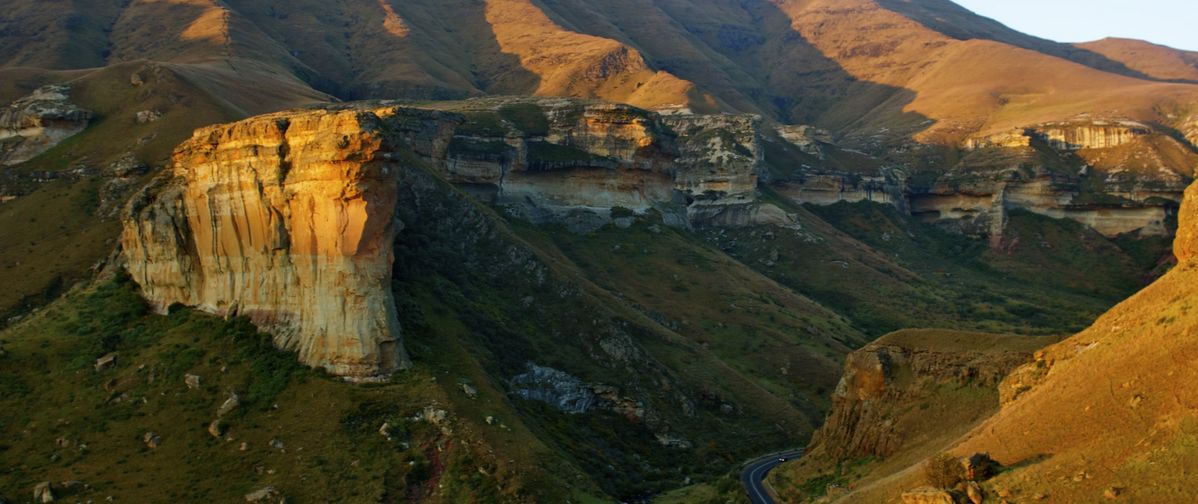
The beautiful sandstone cliffs of the Clarens Formation, perfectly displayed in the Golden Gate National Park
They had to deal with outpourings of incandescent lava and ash
This was a time when huge ructions were taking place in the Earth’s crust, which led to the break-up of Gondwana. The tensional forces in the crust caused vast quantities of lava to flood out across the desert landscape, and it was in this environment that the dinosaurs had to make their living. Imagine contending firstly with harsh desert conditions, and then if that isn’t bad enough, having to deal with the outpourings of incandescent lava and ash that buried much of southern Africa under 2000 m of lava. Those lavas now make up the high Drakensberg and the Malutis of Lesotho.
It intensified the arid climate conditions then prevailing
Not only that, but the volcanic activity most likely affected the climate by releasing greenhouse gases and changing atmospheric conditions, which would have intensified the arid climate conditions then prevailing. For the dinosaurs of the Upper Elliot and Clarens Formations, these environmental challenges meant constant adaptation to shifting landscapes and dwindling water sources. Life was indeed tough for dinosaurs in the dying days of Karoo times.
Influenced of both tectonic shifts and volcanic activity
The combined story of the Elliot and Clarens Formations paints a vivid picture of life during a time of great change. Dinosaurs and other creatures in the Karoo Basin evolved to survive in a landscape that went from floodplains to deserts, all the while influenced of both tectonic shifts and volcanic activity.
When you make that mad dash across the Karoo...
So, when you make that mad dash across the Karoo, or climb one of those mountain passes, be aware that you are driving over an almost unbroken, 120-million-year record of life, the end of which was dominated by the dinosaurs. And that, ladies and gentlemen, boys and girls, is the end of today's blog about the dinosaurs of the Karoo.
We will fire up their imaginations
Do come and visit us at the DinoZone, or follow us on Facebook or Instagram. It will be a grand journey as we explore some of the more interesting topics in palaeontology. We are working on our Bone Diggers’ Club – a wonderful project for kids where they learn about dinosaurs and life skills as they head on out on grand bone hunting expeditions. Life is indeed an expedition, so we will fire up their imaginations, teach them about dinosaurs and by extension life, and they will learn some practical things along the way. Like how to keep their gear in order (which means keeping their room tidy), how to cook a simple meal, apply a band aid, and so forth. Anyway, stay tuned, and we shall tell you more about that when the time comes.
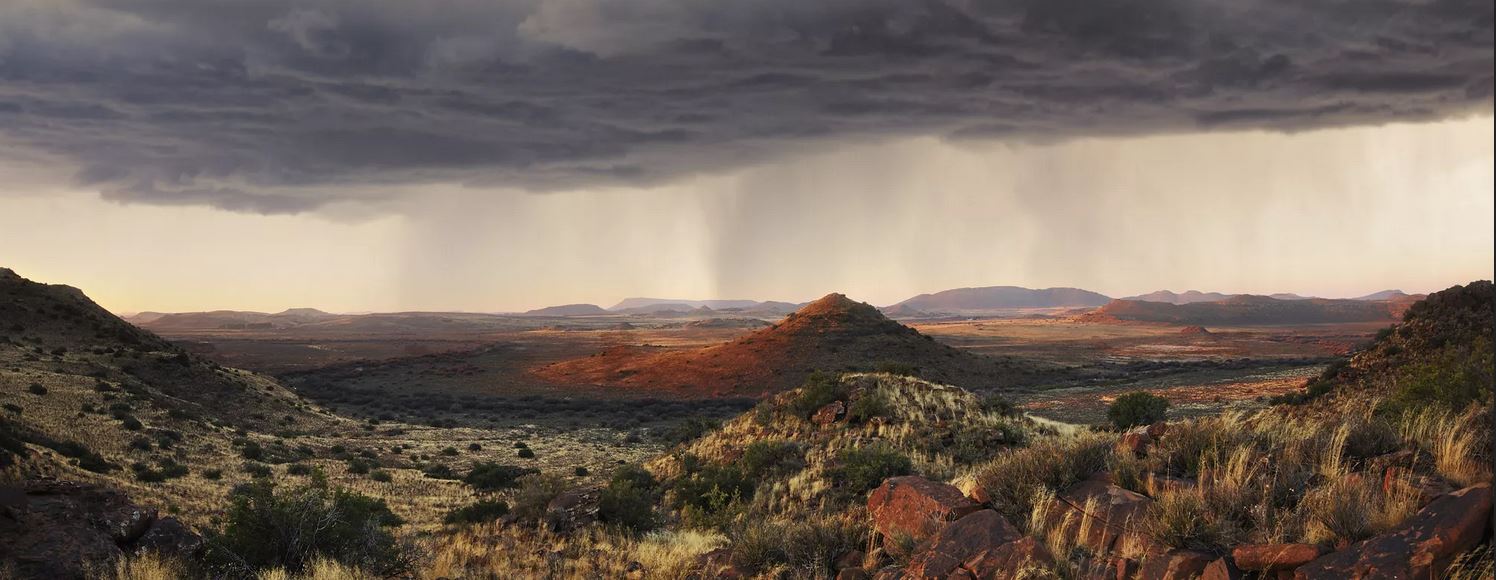
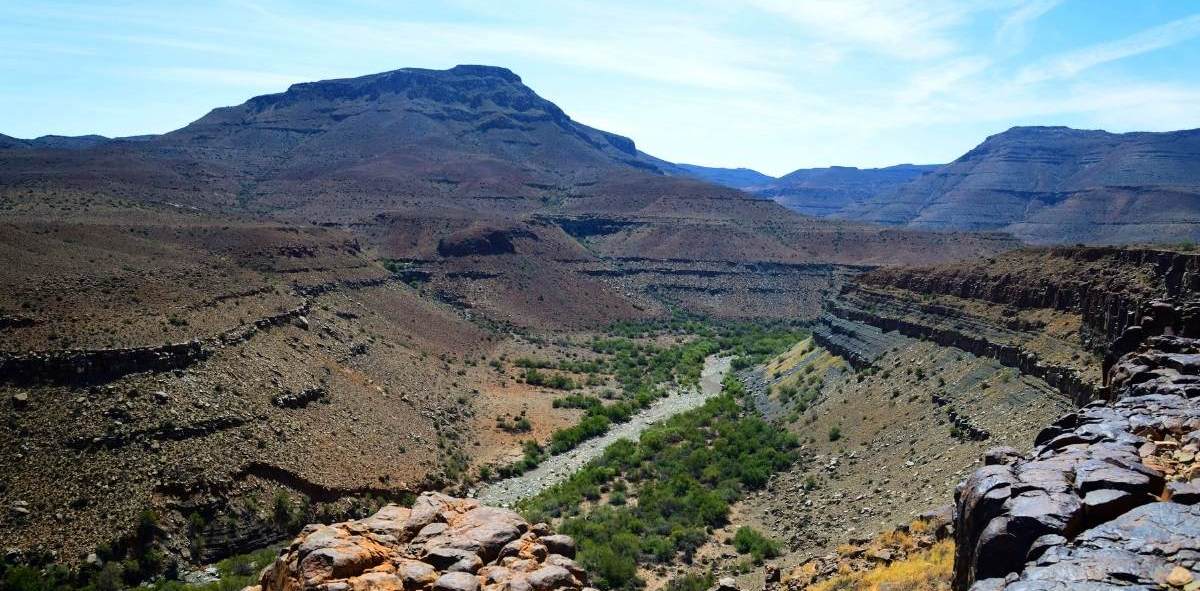
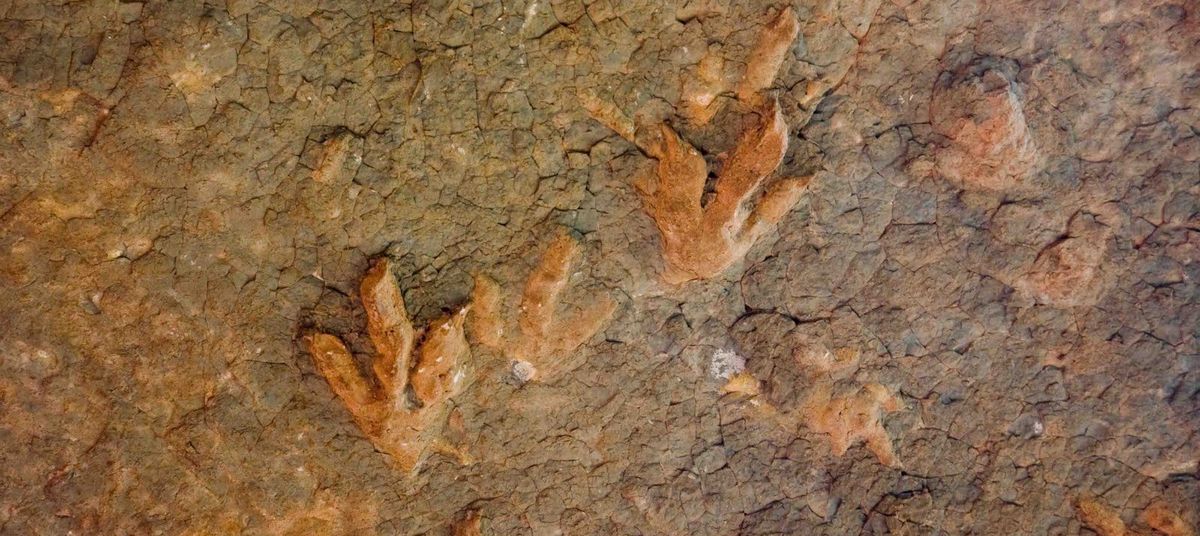
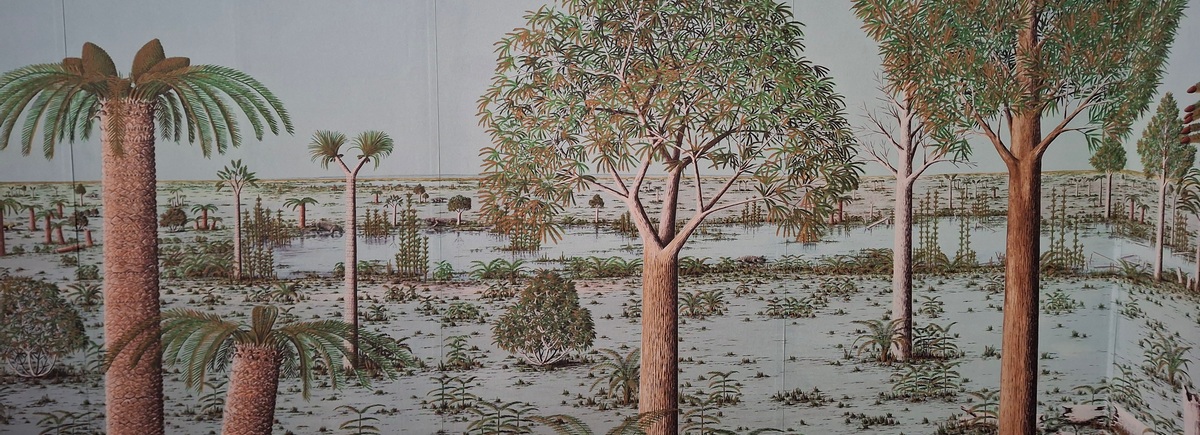
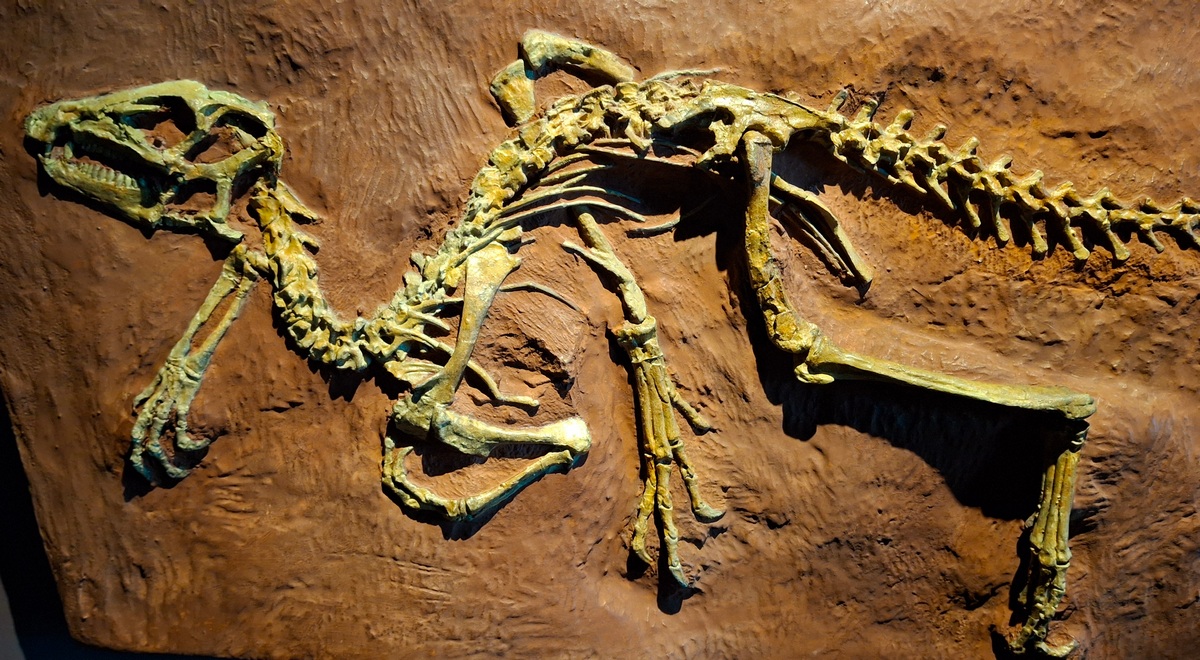
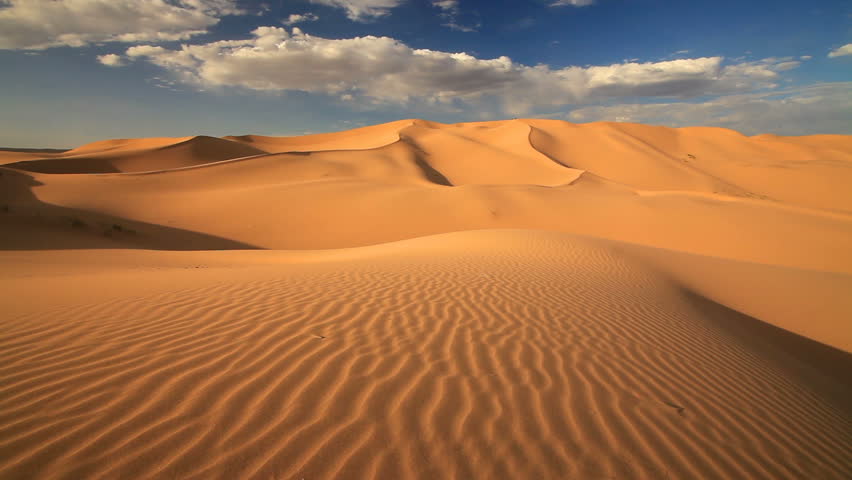
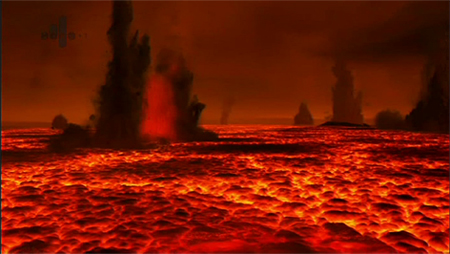
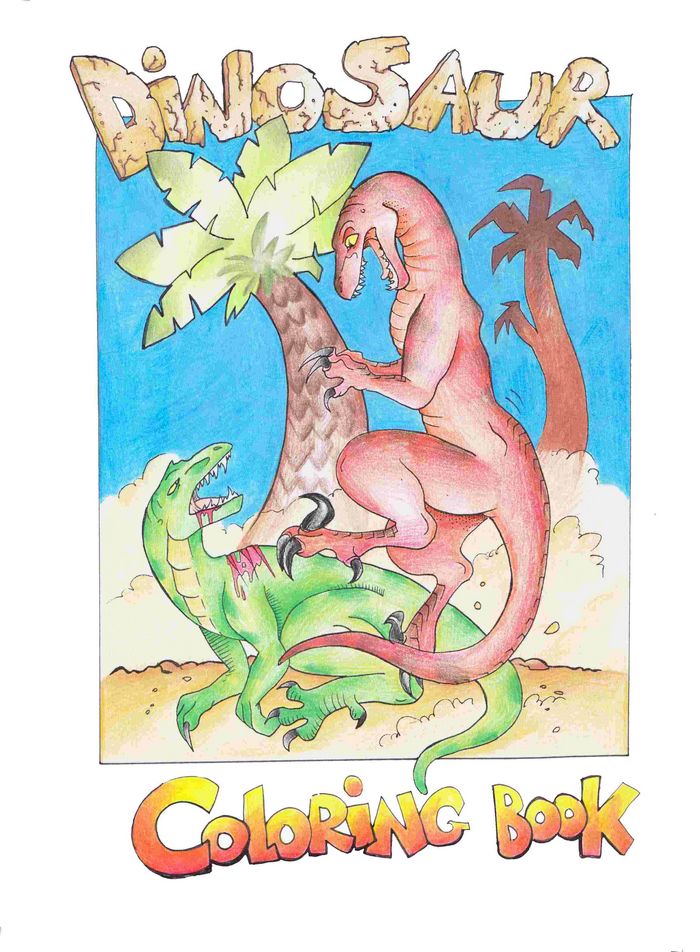
What a grand story